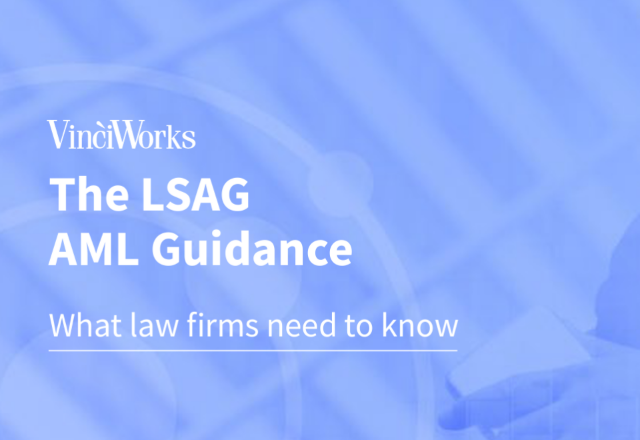DAC6 and UK MDR
In 2018 the OECD developed Model Mandatory Disclosure Rules for CRS Avoidance Arrangements and Opaque Offshore Structures (“OECD’s Model Rules”). These rules require taxpayers and their advisers to report information to tax authorities on certain types of arrangements and structures that might facilitate tax evasion.
The EU responded to the OECD’s mandatory disclosure rules by introducing the EU Council Directive 2011/16, more commonly known as DAC6. As of January 2021, reporting under DAC6 was mandatory in all EU Member States.
Prior to the UK’s exit from the European Union, the UK government intended to adhere to the DAC6 regulations in line with the other EU member States. But at the spring Budget 2021, the UK government announced that DAC6 would be replaced with model rules in line with the OECD’s Model Rules. The consultation released on 30 November 2021 relates to the draft regulations to implement UK MDR, which means that the rules will apply on a global, rather than an EU, level following Brexit.
What is the UK MDR?
UK MDR refers to the UK’s Mandatory Disclosure Rules, the new regulations that came into force in summer 2022 and replace the current UK DAC6 regulations. The regulations are aimed at preventing tax evasion by requiring taxpayers and intermediaries to disclose information on certain types of arrangements and structures to HMRC. The UK MDR limited the regulations as they existed under DAC6 to apply to only those arrangements that would be reportable under the OECD’s Model Rules.
New Changes in UK MDR: Free Guide
VinciWorks has developed a guide to UK MDR that goes through everything you need to know on the subject. The topics covered in the overview include an overview of the UK’s approach, how UK MDR will be different from DAC6, timelines for implementation, and what will happen to the existing DAC6 regulations in the UK. The guide then goes on to cover information about historic reporting periods, intermediaries, taxpayers, hallmarks, reporting obligations, penalties, and reporting format. Finally, the guide introduces VinciWorks’ own DAC6 and MDR reporting solution.
For a free download of the comprehensive guide, click here.
VinciWorks’ DAC6 and MDR reporting solution



VinciWorks has built a robust MDR reporting solution providing intermediaries such as law firms, accounting firms and multinational businesses with the expertise, knowledge and technical infrastructure to report and manage cross-border transactions. From one centralised system, organisations can fulfil their reporting requirements across every EU member state as well as every country that has introduced the OECD’s MDR into law. Built in consultation with over 100 leading international firms, international tax experts, HMRC and other regulators, our tool features customisable workflows designed and updated for the intricacies of each EU country’s implementation of the rules. We offer a number of hosting options to suit any organisation’s needs, including on-premises hosting.
Features include:
- Built-in guidance on whether a transaction is reportable
- Reminders for reporting deadlines and reviewing ongoing transactions
- Customisable dashboard to make it easier to stay on top of deadlines
- Customisable workflow to easily collect all pertinent data
- Built for international firms with different workflows and reporting for every relevant country
Choose from a number of hosting options, including cloud hosting and on-premises hosting











